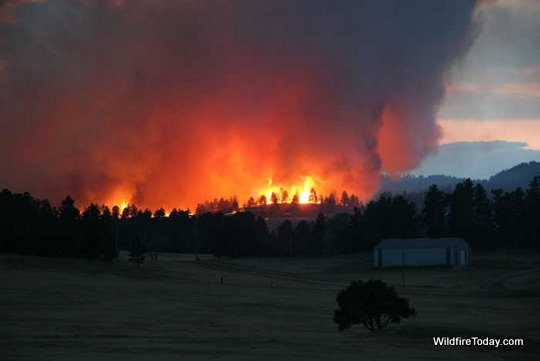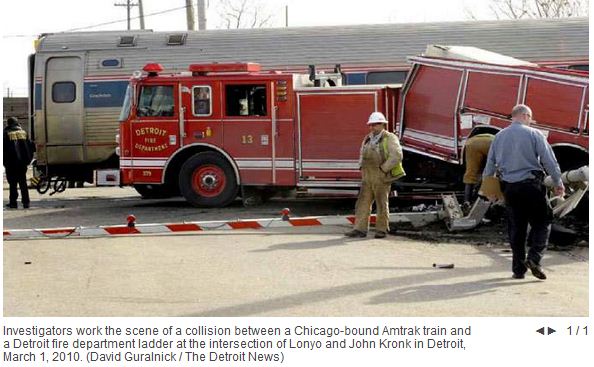Fire legislation in Montana
Pat McKelvey of Lewis and Clark County (Montana) Prevention and Mitigation distributed a summary of fire-related legislation in Montana:
HB260 (Revise state spending for wildland fire suppression) – Had a hearing on Wed, Jan 26. This bill would cap state spending at 50 million dollars annually for wildland fire suppression. It is not expected to survive.
HB307 (Prohibit building codes from requiring some mandatory sprinkler systems) – Had a hearing on Friday, Jan 28. This bill would prohibit the Building Codes Bureau from adopting mandatory sprinkler requirements in single family residential dwellings. The bill had massive support from the home builders associations in Montana and major opposition from the fire service, insurance companies and pipefitters unions. It was a lengthy and emotionally charged hearing. Stay tuned for committee action!
LC1150 (Revise emergency response laws including fee) – This potential bill would prohibit governmental units from imposing any fees, other than hazardous materials cleanup fees and ambulance transport fees, for vehicle accident response. It is not yet in bill form, but we anticipate that it will be very soon. We will keep you posted. This potential bill will have interest where departments are using a fee structure to recoup costs in their districts.
Bulldozer cause of fires?
We received the following message from P. Zimmerman. If you can assist “P”, send him or her an email: snapfig at a o l dot com:
I am trying to locate any ‘documented’ case where the tracks (growsers) of a bulldozer or other tracked equipment ever caused a wildfire. Are you or any of your readers aware of such a case? (during my search I found a case where a golf club swing caused a wildfire)
Fire Blog of the Year
Voting for the Fire Blog of the Year ended last night. The results will be revealed tonight, February 2, by FireCritic.com. During the last day of voting the latest numbers were hidden, but as of Monday night Wildfire Today was in third place. Not bad, really, considering some of the other respected, well-established blogs that were nominated and the strategy employed by one of them. We were amused by one Wildfire Today supporter said we were looking at a potential Bronze Medal. Another told us that they had set their alarm to wake up in the middle of the night so they could cast one of their votes, which were allowed every six hours.
Whether Wildfire Today is on the “podium” or not, it was an honor to be nominated. And we REALLY thank those who voted for us.
UPDATE @ 7:16 p.m. MT, February 2
The winner of the Fire Blog of the Year competition was Iron Fireman. Congratulations to him, and a big thank you goes out to Fire Critic and Black Diamond Boots for putting on the event. It was an honor to nominated and then to be selected for the final seven. Thanks again to all of our supporters who voted for us. When the winner was announced on the podcast tonight, they did not mention the ranking of the other six blogs, but Wildfire Today was in a solid third place when the vote numbers began to be hidden during the last 24 hours.





